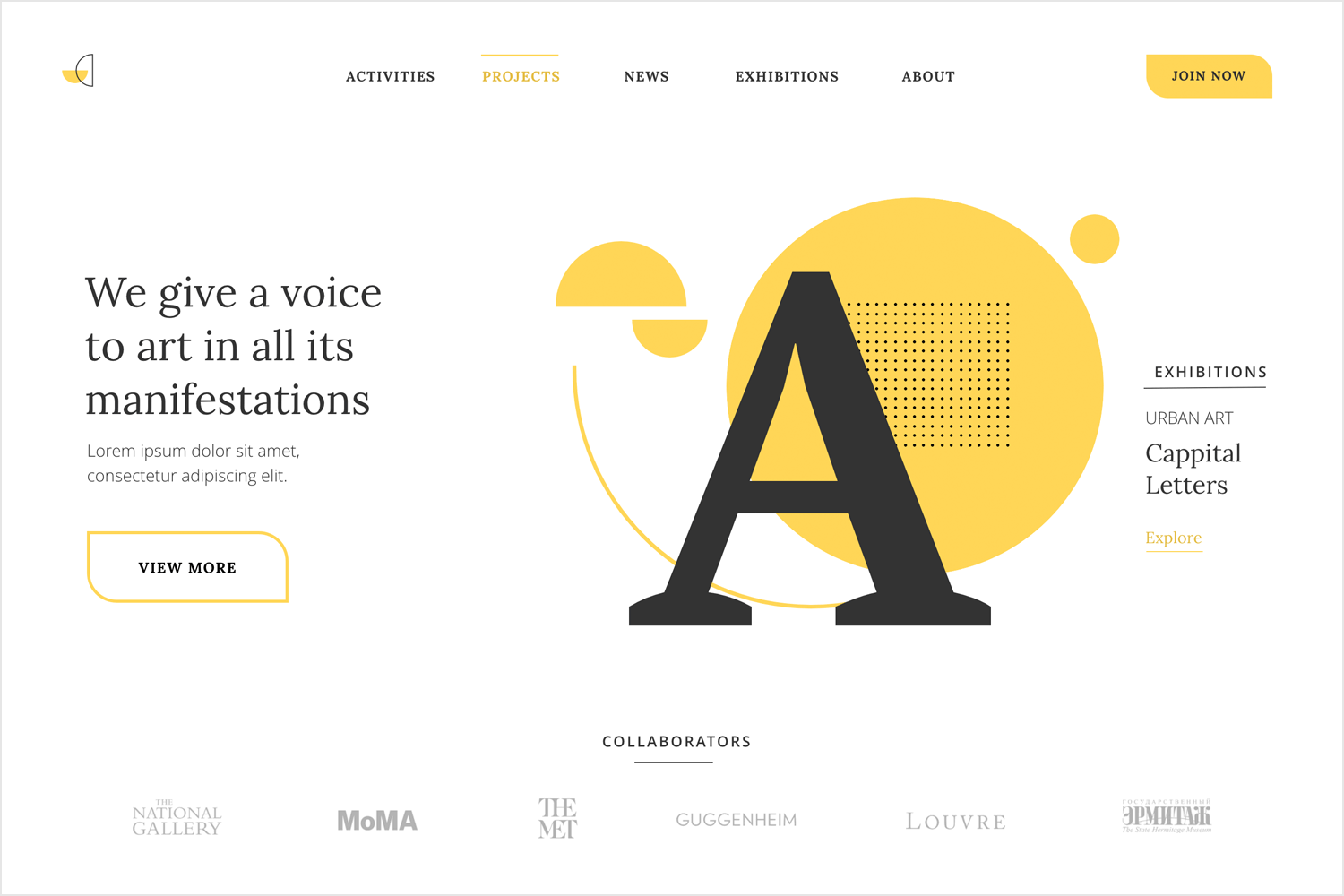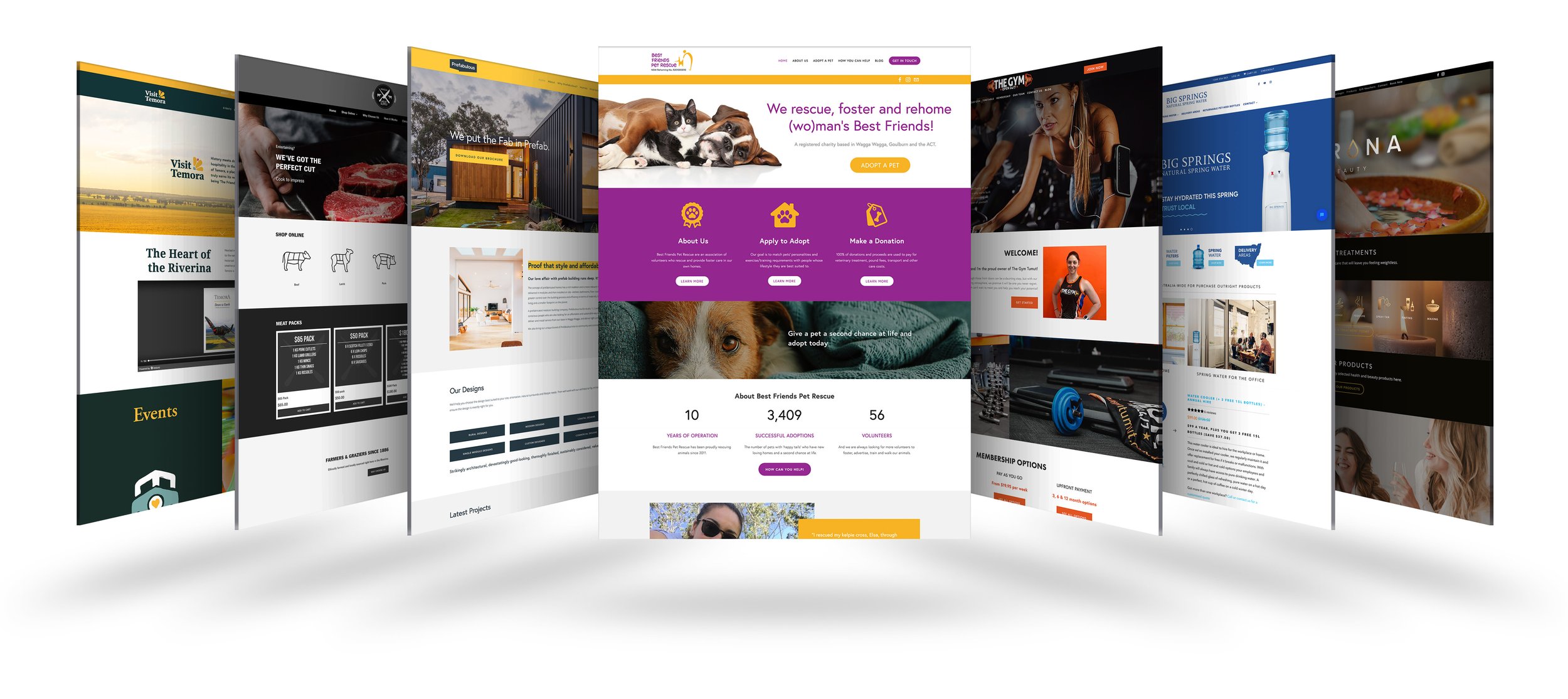Top Guidelines in Website Design for a Sophisticated Feel
Top Guidelines in Website Design for a Sophisticated Feel
Blog Article
Crucial Principles of Internet Site Style: Creating User-Friendly Experiences
By concentrating on user requirements and preferences, developers can cultivate involvement and satisfaction, yet the ramifications of these principles expand beyond plain functionality. Comprehending exactly how they link can dramatically impact a website's overall performance and success, motivating a better exam of their individual duties and collective influence on individual experience.

Relevance of User-Centered Layout
Focusing on user-centered style is crucial for developing reliable websites that satisfy the demands of their target market. This technique puts the customer at the forefront of the style process, making sure that the site not only functions well but additionally resonates with users on an individual degree. By comprehending the customers' preferences, goals, and actions, designers can craft experiences that cultivate involvement and satisfaction.

Furthermore, embracing a user-centered layout philosophy can bring about boosted accessibility and inclusivity, accommodating a diverse audience. By taking into consideration numerous customer demographics, such as age, technical efficiency, and social histories, designers can develop sites that are welcoming and functional for all.
Eventually, focusing on user-centered layout not only enhances customer experience yet can additionally drive essential company outcomes, such as increased conversion prices and consumer commitment. In today's affordable electronic landscape, understanding and focusing on customer needs is a vital success variable.
Instinctive Navigation Frameworks
Reliable website navigating is frequently an important element in enhancing customer experience. Intuitive navigation frameworks make it possible for individuals to discover info rapidly and successfully, decreasing irritation and enhancing engagement. A well-organized navigating menu should be easy, logical, and regular across all web pages. This allows customers to anticipate where they can locate particular web content, therefore advertising a seamless browsing experience.
To create intuitive navigating, designers must prioritize quality. Tags must be detailed and acquainted to customers, preventing jargon or ambiguous terms. An ordered framework, with key categories leading to subcategories, can additionally assist individuals in understanding the relationship between various areas of the site.
Furthermore, including aesthetic hints such as breadcrumbs can lead individuals via their navigating course, enabling them to quickly backtrack if required. The incorporation of a search bar also boosts navigability, giving users direct accessibility to content without having to navigate with multiple layers.
Flexible and receptive Layouts
In today's electronic landscape, ensuring that web sites operate flawlessly throughout numerous gadgets is vital for user contentment - Website Design. Flexible and responsive designs are 2 essential strategies that allow this performance, satisfying the varied series of screen sizes and resolutions that customers may come across
Receptive layouts employ liquid grids and flexible pictures, allowing the website to instantly readjust its components based on the screen dimensions. This strategy provides a constant experience, where material reflows dynamically to fit the viewport, which is specifically useful for mobile users. By making use of CSS media inquiries, developers can produce breakpoints that enhance the design for different devices without the demand for different layouts.
Flexible designs, on the other hand, use predefined formats for details screen dimensions. When a user accesses the site, the server discovers the gadget and offers the proper layout, making sure a maximized experience for differing resolutions. This can bring about faster loading times and improved performance, as each design is tailored to the device's capacities.
Both receptive and adaptive layouts are essential for enhancing customer involvement and satisfaction, eventually contributing to the web site's overall performance in meeting its objectives.
Consistent Visual Power Structure
Developing a constant visual pecking order is pivotal for directing users via an internet site's material. This concept makes sure that details is presented in a way that is both interesting and user-friendly, allowing customers to quickly navigate and understand the material. A distinct power structure utilizes various style elements, such as dimension, shade, spacing, and contrast, to develop a clear distinction in between various kinds of web content.

Additionally, regular application of these visual cues throughout the site promotes knowledge and trust. Users can rapidly discover to acknowledge patterns, making their communications extra effective. Inevitably, a solid visual power structure not just improves individual experience yet also enhances general site usability, urging much deeper engagement and promoting the desired actions on an internet site.
Ease Of Access for All Customers
Accessibility for all individuals is a basic facet of site style that makes certain everyone, no matter of their impairments or capacities, can involve with and take advantage of on-line content. Creating with availability in mind includes why not try this out carrying out techniques that accommodate varied weblink individual needs, such as those with visual, auditory, electric motor, or cognitive impairments.
One important standard is to stick to the Internet Web Content Ease Of Access Guidelines (WCAG), which provide a framework for producing easily accessible electronic experiences. This consists of using enough shade comparison, supplying text options for pictures, and making certain that navigating is keyboard-friendly. In addition, employing receptive style techniques ensures that web sites work successfully throughout numerous tools and display dimensions, even more improving ease of access.
One more critical element is the usage of clear, succinct language that stays clear of lingo, making material understandable for all users. Engaging customers with assistive technologies, such as screen readers, needs careful focus to HTML semantics and ARIA (Available Abundant Web Applications) roles.
Inevitably, focusing on ease of access not just satisfies legal responsibilities however also increases the audience reach, cultivating inclusivity and improving customer satisfaction. A dedication to accessibility mirrors a dedication to developing equitable electronic environments for all customers.
Final Thought
To conclude, the vital concepts of website style-- user-centered layout, intuitive navigation, receptive designs, constant aesthetic hierarchy, and access-- collectively add to the creation of straightforward experiences. Website Design. By focusing on customer go requirements and making certain that all individuals can properly engage with the site, designers improve functionality and foster inclusivity. These concepts not just improve user contentment yet also drive positive service end results, ultimately showing the crucial value of thoughtful website style in today's electronic landscape
These techniques give indispensable insights into customer assumptions and pain factors, enabling developers to tailor the web site's functions and content accordingly.Effective website navigation is often a vital element in enhancing user experience.Establishing a consistent visual hierarchy is pivotal for guiding customers via an internet site's web content. Inevitably, a solid aesthetic power structure not only boosts user experience yet additionally enhances overall website use, motivating deeper engagement and facilitating the wanted activities on a web site.
These principles not only boost individual fulfillment however also drive positive business outcomes, ultimately demonstrating the critical importance of thoughtful website design in today's electronic landscape.
Report this page